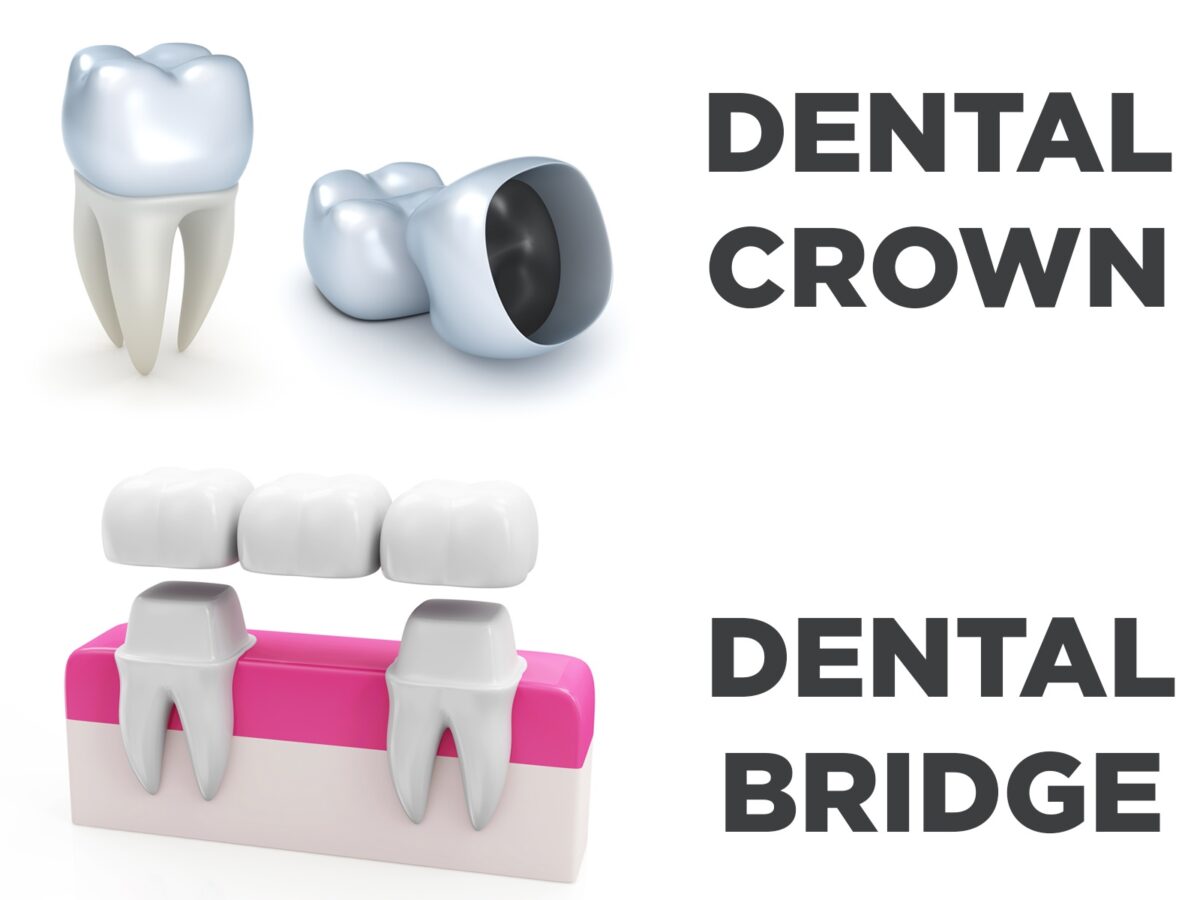Living with loose lower dentures can be a frustrating and discomforting experience. It doesn’t only affect your eating and speaking, but it also will affect your lifestyle in general. Fortunately, many solutions can help to recover the position of your lower dentures and protect them from falling out or sliding around. In this article, we will look at several ways of fixing lower loose dentures properly and thereby giving you a secure fit.
The Cause of Loose Lower Denture
Before moving on to the solutions to make lower dentures tight again, one needs to first understand the reasons why they often become loose over time. Unlike most upper dentures, which derive some support from suction against the roof of the mouth, lower dentures rely more on the shape of the gums and jaw support for them to stay put. As we age, the jawbone will atrophy, or in other words, resorb. The change of bone structure at the base will make dentures, once well-fitted, either extremely loose or even unstable at the mouth.
Other reasons that will cause the dentures to become loose may include weight loss, specific medications taken, and a change in your health. By recognizing the underlying cause, you and your dentist will be able to determine the best solution for you specifically.
Denture Adhesives: Only a Temporary Solution
It is one of the most common and easily accessible solutions for loose lower dentures. Denture adhesives are available over the counter in most pharmacies and come in various forms: creams, powders, or strips.
Denture adhesives work by affecting a temporary joining between the teeth and the gums, thus providing additional stability and retention. In this manner, they can add comfort and maybe confidence—most especially eating and speaking.
After the dentures are cleaned thoroughly, denture adhesives can be put to normal use. Place a small quantity of adhesive on the portion of the denture that meets the gum, and read the instructions to use it. Ensure that the adhesive used is not in excess since an abundance of it may reduce its effectiveness and cause much discomfort.
However, bear in mind that adhesive is a temporary solution only. If you are using it with increasing frequency, it might be a signal that your dentures do not have as good a fit as they used to. In this case, and especially in a persistent case, you should visit your dentist for alternative treatments.
Solutions For Your Loose Dentures
Denture Relines: A Better Fit
Relining is the technique employed when modifying the shape of the change in your jawbone over time. This can make your dentures fit better. The two main types of denture relines are soft relines and hard relines.
Soft relines involve applying an extra layer of soft, flexible material over the denture surface that rests on the gum surface. This may add extra cushioning and settle minor movements within your jaw structure. Soft relines are also quicker and more economical than hard relines but might have to be repeated a bit more frequently: every one to two years.
On the other hand, hard relines are associated with the replacement of the entire fitting surface of the denture with new acrylic material. The process of getting new impressions of your gums is necessary for the process, and it can hugely improve the fit of the dentures. Normally, hard relines have a longer life compared to soft relines and can provide the patient with a good fit for many years.
Both soft and hard relines will work on loose lower dentures, and the dentist will help decide which way to go.
Denture Rebasing: A Better Solution
This may also result from the base of the denture becoming worn out or twisted over time, thereby losing its tightness. For this purpose, your dentist may advise you for rebasing. In the process of rebasing, the whole acrylic base of the denture is remade, but the teeth are not changed.
Implant-supported dentures provide an effective option whenever the teeth of the denture are still in good condition, but the base no longer functions properly. In terms of both fit and stability, results most benefit the lower dentures and can very often be accomplished equal to a new set of dentures at a lesser cost.
Implant-Supported Dentures: A New, Permanent Solution
Implant-supported dentures have gained popularity as a more permanent, stable solution for people who get tired of loose lower dentures or just need something more stable. The dental implants are surgically placed in the jawbone and then act as an anchor for your dentures with this innovative approach.
There are two types of implant-supported dentures: bar-retained and ball-retained. With this type of denture, a thin metal bar that follows the curve of your jaw is attached to a few implants. A denture will clip onto this metal bar to provide good stability. Ball-retained or stud-attachment dentures rely on ball-shaped attachments. On the implants, they snap into sockets on your denture.
The implant-supported dentures are held more firmly than the traditional dentures because they are rooted to the jaw bone. As such, they afford better stability, promoting ease and confidence when you speak and eat. Besides, the implants prevent further bone loss because they stimulate the jaw bone, thus maintaining your jaw and face shape over time.
As with the case of implant-supported dentures, generally, they tend to be more costly during their operations and the incision; however, long-term benefits have most patients the costs and recovery time are minor.
The Value of Regular Dental Check-ups
Regardless of the outcome you choose for fixing your loose lower dentures, dental visits should still be relevant. Your dentist will be able to monitor denture fit, make any necessary adjustments, and catch any issues before they flag something much bigger.
These regular check-ups will provide the opportunity for your dentist to check your gum health and the health of any natural teeth remaining to make sure you stay healthy overall. Because appropriately fitting dentures not only raise living standards, they also become integral to overall health and well-being. What is meant by this is quite paramount.
Loose lower dentures can undoubtedly be a nightmare, but the problem is easily treatable. From simple adhesives to advanced implant-supported mechanisms, the range of options will require working very closely with your dentist to find the right and justifiable line of treatment for your needs. Don’t let loose dentures hold you back – take the first step toward a more secure and comfortable smile today.




